Truth be told I tend to shy away from comparing any revolver cartridge to any semi-auto handgun cartridge. It’s an apples-to-oranges type of comparison — there’s no practical reason for it, so ultimately, it’s pointless. And I’m also a wheelgun guy so I’m a little biased toward revolver cartridges. None the less we will review 38 Special vs. 9mm cartridges.
But having written a few handgun caliber comparison articles in the past, from time to time I would get emails from some of our readers asking me to do such a comparison. I would always tell them to just look somewhere else to satisfy their caliber-wars curiosity because I couldn’t care less about these types of comparisons. I’d rather avoid opening a can of worms — these types of comparisons lead to debates that can get ugly real fast.
Recently, a good friend of mine purchased a Ruger LCRx chambered for the 9mm. After trying it out in the range, he brought it to me and asked me to shoot a few rounds and tell me what I think about it.
Shooting the 38 Special vs. 9mm
I shot two cylinders’ worth (10 rounds) of standard pressure 147-grain Armscor brand ammo in it. After putting it through its paces, I told him that for a small-frame polymer revolver, it’s a great option for concealed carry and for the price he paid, it’s not bad — which shouldn’t come as a surprise as it is a Ruger-brand firearm.
Consequently, after shooting his LCRx and giving him my thoughts on his new acquisition, I got all excited and decided to revisit the topic of .38 Special vs. 9mm, a subject of countless debates in many online gun forums.
Table Of Contents
- Shooting the 38 Special vs. 9mm
- Why Even Bother Comparing 38 Special vs. 9mm?
- A Bit of History the 9mm and 38 special
- 38 Special vs. 9mm Ballistics vs. Terminal Performance
- 38 Special vs. 9mm – Price and Availability
- Dual-caliber Revolver vs. Convertible Semi-auto
- 38 Special vs. 9mm – Versatility
- Uzi Submachine Gun
- Ingram MAC-100
- 9MM Semi-Auto Carbines
- Kel-Tec Sub 2000
- Beretta CX4 Storm
- 38 Special Ammo For Sale
- Magtech – 38 Special – 158 Grain LRN (Best 38 Special Range Ammo)
- Speer Gold Dot – 38 Special +P – 125 gr JHP Best Self Defense 38 Special Ammo
- 9MM Ammo For Sale
- Winchester Range Pack – 9mm – 115 Grain FMJ (Best Range 9MM Ammo)
- Fiocchi – 9mm – 124 Grain JHP (Best Self-Defense 9mm Ammo)
- 38 Special vs. 9mm – Conclusion
- Recommended Reading
Why Even Bother Comparing 38 Special vs. 9mm?
In a nutshell, both cartridges work similarly: they can both be considered older designs, they were both developed primarily for use in handguns, they use practically the same diameter bullets which punch holes that are pretty much the same size, and they’re both popular and available all over the world despite their age.
 38 special vs 9mm Ballistics
38 special vs 9mm Ballistics
Where they differ greatly is in the ballistic performance area. A lot of firearms enthusiasts, including some self-confessed “gun experts”, quite often compare them on this area alone without regard for their merits and disadvantages.
It’s a no-brainer that as far as ballistics, the 9mm is superior. For 9mm fans and subcompact semi-auto plastic handgun aficionados, that’s pretty much all there is to this particular caliber comparison. The 9mm is more powerful, and semi-auto handguns have more rounds in the mag compared to revolvers, so it’s better than the .38 Special — no contest, end of the debate.
But if we all look deeper and think outside of the box, besides the numbers on ballistics charts accessible everywhere online, there’s more to this caliber comparison than most people would care to talk on, much less think about.
So in this round of our series of Handgun Caliber Showdowns, we’ll compare the .38 Special vs 9mm to try and determine which one is better, and just what makes it better over its contender.
A Bit of History the 9mm and 38 special
People often compare these two handgun calibers because of all the similarities mentioned above. But if we’re doing a really objective, unbiased comparison (as biased as I am toward revolver cartridges I’d really want to make this comparison unbiased), we must look into each of these cartridge’s history a little.
.38 Special History
The .38 Special was developed in 1898 as an improvement over the .38 Long Colt, a much weaker standard military issue revolver cartridge that proved too weak and inadequate against the Moro Juramentados — the badass, faith-blinded adrenaline-overdosed Muslim warriors American soldiers had trouble taking down during the Philippine-American War.
Those days, the use of smokeless powder as bullet propellant was only starting to become popular. Black powder was the de facto standard bullet propellant as it had been around for ages and was a lot easier to manufacture compared to its newer contemporary.
The .38 Special was originally designed to use black powder, thus its case was designed to only handle black powder-level pressure which is relatively lower compared to the higher levels of pressure achievable with the use of smokeless powder.
Also, revolvers don’t require chamber pressure to cycle. In a single action revolver, the shooter only needs to cock the hammer to rotate the cylinder. In a double action revolver, pulling the trigger also does the job.
Black Powder vs. Smokeless Powder
We will not go too deep as to why smokeless powder is the better bullet propellant. It’s a very broad topic that deserves its own research and write-up — if you want to know more you can go check out this post on Quora where some of the best answers to this question can be found.
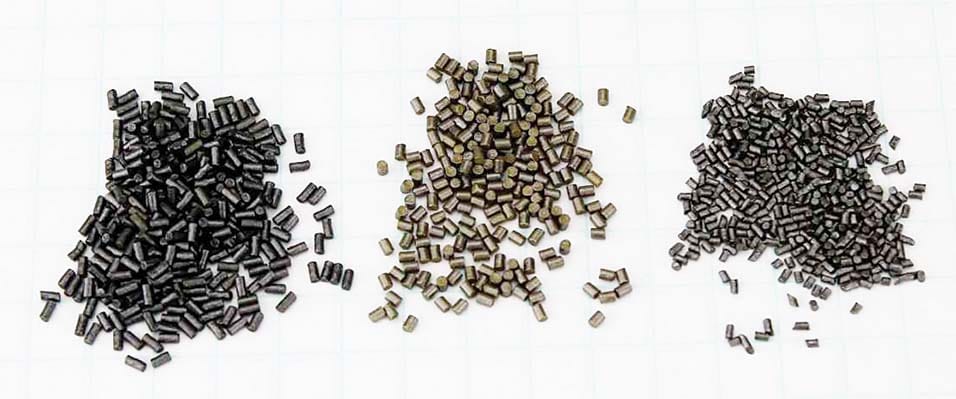
- It produces less smoke;
- It burns cleaner (reducing fouling in barrels);
- It produces more heat due to its chemically bonded composition (which translates to more pressure);
- It burns faster in higher pressure environments (such as in a firearm’s chamber).
9MM History
The 9×19 Parabellum, a.k.a. 9mm, was originally designed by Georg Luger in 1901, two years after the .38 Special came out, to be a rimless semi-auto handgun cartridge loaded with more powerful smokeless powder.
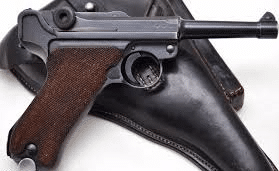
And because of the higher pressures smokeless powder can generate and its effectiveness as a bullet propellant, the 9mm’s case was developed to be stronger with thicker webbing compared to the .38 Special’s.
.38 Special vs 9mm Pressure Ratings
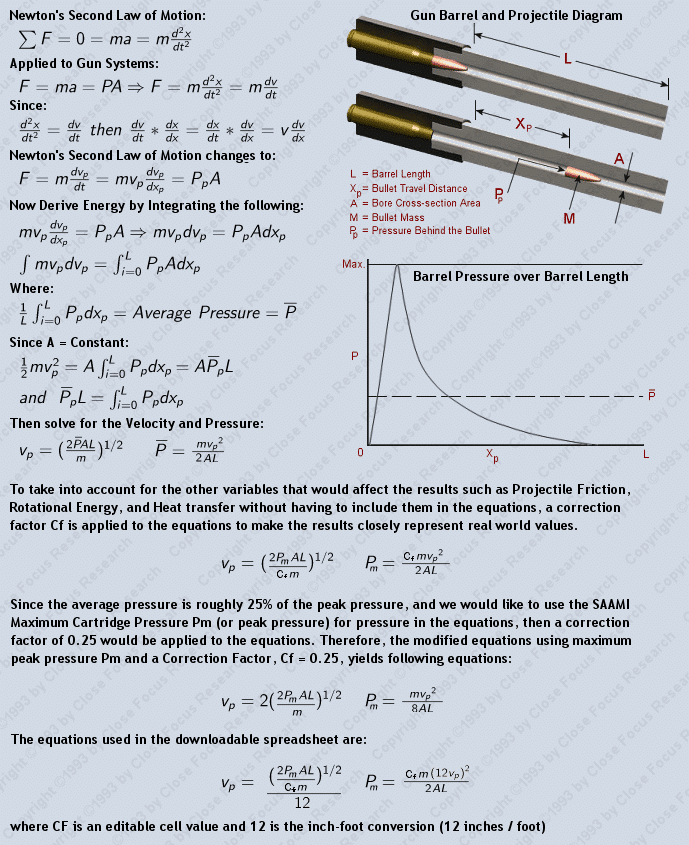
But standard pressure 9×19 Parabellum have a SAAMI rating of 35,000 psi (more than double the pressure standard .38 Special loads can handle), and higher pressure +P loads can go as high up as 38,500 psi (also more than double the pressure the .38 Special +P can handle).
Granted, these increases in pressures aren’t directly proportional to gains in velocity. Also, ammo manufacturers started loading .38 Special ammo with smokeless powder about a year after it was released so it’s not like we’re saying the .38 Special is weak because of black powder per se.
We are only including these historical tidbits to attempt to explain how the 9mm, despite having a smaller case, can handle higher pressures than the .38 Special. The differences in ballistic performance are a result of each cartridge’s differences in design, all dictated by the type of powder each was originally developed to use and the shooting platform each was designed for.
38 Special vs. 9mm Ballistics vs. Terminal Performance
These days, there are a lot of modern bullet designs and a lot of different load data that even something as weak as a .380 ACP can be as good of an equalizer as a .357 Magnum when it comes to self-defense even when the former can barely produce a quarter of the latter’s muzzle energy.
This isn’t to say that looking at ballistics charts is pointless — if the only available ammo from my LGS are full metal jackets for both calibers, assuming I could only buy a box of either, I would probably pick the .38 Special because it wouldn’t over-penetrate like the 9mm due to its lower velocity.
By the same token, if all that’s left in my LGS are jacketed hollow points, I would pick the 9mm because it will have a better chance of expansion due to its higher velocity and muzzle energy. But what are the chances that my LGS would have such a limited supply of ammo? Yep, next to none.
38 Special vs. 9mm Ballistics Winner
The 9mm is ballistically superior to the .38 Special, there’s no doubt about that. Standard pressure .38 Special only produces 264 foot-pounds of force (147-grain bullet at 900 feet per second out of a 4-inch barrel), while standard pressure 9mm can produce 365 foot-pounds of force (124-grain bullet at 1,150 feet per second). This is 38.25% more energy at the muzzle in favor of the 9mm.
But with modern fluted bullet designs (e.g. ARX Interceptor and Lehigh Defense) coupled with modern powder charge load data, the relatively weaker rimmed cartridge can go toe-to-toe with the more powerful rimless cartridge as far as terminal performance, i.e. sufficient penetration and good wounding capability resulting to quicker incapacitation. Watch the video below if you’re in doubt:
As for the other people arguing that the 9mm tends to over-penetrate, controlled penetration bullet designs (e.g. frangible, controlled fracturing, etc.) have been around for a while — they’ve probably been living under a rock for the last decade or so.
38 Special vs. 9mm – Price and Availability
Both the .38 Special and the 9mm enjoy popularity among civilians (which to me is really the only measure of popularity that counts — that is to say, the 9mm’s popularity among LEOs and the military shouldn’t count for anything). Thus, both calibers are widely available in any country where civilians are still allowed to own firearms.
These days though, revolvers aren’t getting the love they deserve anymore. Most people prefer compact, high-capacity, polymer semi-auto pistols like Glocks and SIGs and Smith & Wesson M&Ps, to name a few, and more and more of these are getting manufactured each year thanks to their popularity in the military and law enforcement (it’s common knowledge among enthusiasts that all the firearms the military adopts quickly become popular among civilians).
Less .38 Special Revolvers
In stark contrast, fewer and fewer revolvers in general (and those chambered for the .38 Special in particular) are getting manufactured. In the US, there are only four firearms manufacturing companies actively competing in revolver sales: Smith & Wesson, Ruger, Taurus and Charter Arms (compare that to hundreds of companies that manufacture plastic autoloaders).
Kimber recently jumped into the fray with their CCW-oriented .357 Magnum-chambered K6s, and Colt also recently revived their Cobra line of .38 Special-chambered snub-nose revolvers, but that’s pretty much it. We’re now at the point where the wheelgun market is practically just a niche market — slowly but surely, revolvers are becoming a thing of the past.
And as such, demand for the .38 Special is on a steady decline. Demand dictates supply, so less ammo is getting manufactured. As supply in turn dictates price, .38 Special per-round price can go as high up as double that of the 9mm’s (even higher depending on how much of a particular brand ammo is in stock).
Lucky Gunner has some good bulk ammo deals online — their lowest priced 9mm ammo cost 14.9¢ per round while their cheapest .38 Special ammo cost 25.5¢ per round.
Dual-caliber Revolver vs. Convertible Semi-auto
One interesting thing to think about when it comes to comparing handgun calibers is the concept of caliber conversion. For this particular comparison, the possibility of buying a handgun that can be converted to shoot a totally different caliber is another thing that makes choosing the 9mm vs .38 Special more appealing.
A revolver chambered for the .38 Special can safely chamber and shoot only that caliber. Older revolvers and even some newer but cheaply made .38 Special revolvers (like those manufactured by companies like Rock Island Armory) cannot use overpressure .38 Special +P ammo because of their weak metallurgy and brittle cylinder/frame material (e.g. alloy or aluminum).
What Ammo Can I Use in a .357 Magnum?
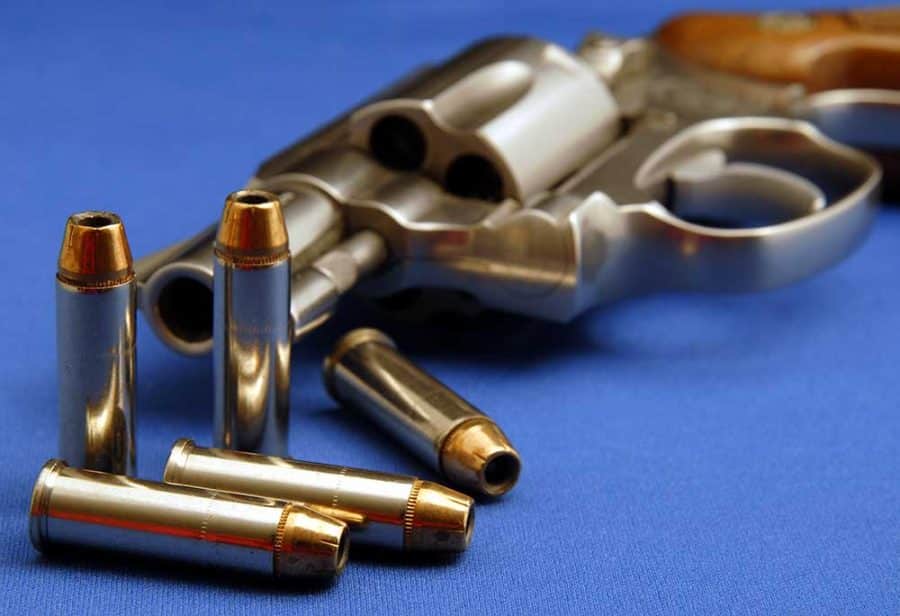
While technically, the .357 Magnum is a .38 Special (just one that’s on steroids) being it’s essentially the same cartridge (only differences are it can push the same .357-inch diameter bullet at much faster velocities and its longer case is rated for twice the SAAMI pressure the .38 Special can handle: 35,000 psi, coincidentally the same SAAMI spec as that of the 9mm’s), as far as revolver prices a .357 Magnum revolver isn’t a .38 Special revolver.
Are All .357 Magnums Essentially .38 Specials?
Yes, all .357 Magnum revolvers are .38 Special revolvers. As a dual-caliber shooting platform, it works well for a lot of people. But me personally, I’d rather buy a cheap revolver to shoot .38 Special rounds in it because I don’t see the point in buying a powerful revolver only to shoot weaker ammo in it.
Some people say it’s great for target shooting, but in my experience, cleaning a .357 Magnum revolver after firing boxes of .38 Specials in it can be a real pain. This is why I bought a Rock Island Armory M206 even when I already have a Taurus M689.
Do note that switching these calibers can’t be done in reverse. The .357 Magnum cartridge will not headspace in a revolver chambered solely for the .38 Special because of the longer overall length of the .357 Magnum cartridge’s case.
Should You Convert a .38 Special to Fire 357 Magnum?
I’ve heard that some people ream the cylinder of stronger .38 Special revolvers (mostly Rugers and older Smiths) while others install a stronger cylinder to accept higher-pressure magnum rounds. But converting a weaker revolver to shoot a more powerful cartridge is generally considered unsafe. If you want to try it, do it at your own risk — we cannot be held liable in the event of a catastrophic failure. You’ve been warned.
38 Special vs. 9mm – Versatility
In contrast, quality 9mm semi-auto handguns can safely chamber and shoot overpressure 9mm +P and +P+ rounds (you’d still want to consult your manual just to be on the safe side). But wait, there’s more!
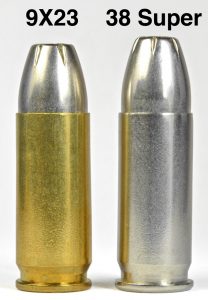
Another interesting conversion option for 9mm-chambered 1911s is to ream the chamber to shoot the 9×23 Winchester, which is another powerful .35 caliber semi-auto handgun cartridge that rivals and even exceeds the .357 SIG as far as ballistics but at a smaller footprint, allowing for more rounds in the mag.
A word of caution though: the 9×23 Winchester operates at SAAMI pressure ratings of up to 55,000 psi — if you’re not sure whether your 1911’s chamber can handle such pressures, just buy a drop-in conversion barrel.
Glock 19 to 960 Rowland Conversion
Also, if you own (or you’re planning to purchase) a Glock 19, you might want to look into the .960 Rowland conversion. Developed by Johnny Rowland, Gun TV pioneer and creator of the .460 Rowland, it is one promising conversion concept.
The .960 Rowland attempts to mimic true .357 Magnum ballistic performance in a Glock 19 using the custom 6-inch ported barrel that comes with the kit and the new cartridge Johnny designed which uses slightly longer brass (about the same size as that of the 9×23 Winchester, with the loaded cartridge’s overall length being the same as that of the 9mm’s).
But it only came out in late 2014 and the conversion kit is currently only available for Glock 19 pistols. If it becomes popular, I imagine Johnny will come up with conversion kits for other 9mm semi-auto handguns on the market, the same thing he did with his older, more successful .460 Rowland offering.
Available Shooting Platforms
This section shows yet another win for the 9mm. There might be more than a thousand non-semi-auto handguns chambered for the 9mm so I wouldn’t bother listing them all. But I know that the following submachine guns are available in 9mm for military use:
9mm Submachine Guns For Sale
- Heckler & Koch MP5 (Germany)
- Heckler & Koch UMP-9 (Germany)
- Beretta PM12 (Italy)
- Ingram MAC-10 (U.S.)
- CZ Scorpion (Czech Republic)
- Brugger & Thornet MP9 (Switzerland)
- FAMAE SAF (Chile)
Uzi Submachine Gun
The UZI is a compact, submachine gun that has become one of the most popular and iconic firearms in the world. The compact, submachine gun that was first designed and developed by Major Uziel Gal of the Israel Defense Forces in the late 1940s. Known for its ease of use, reliability and closes quarter combat efficiency.
Ingram MAC-100
The MAC-10, also known as the Ingram Model 10, is a compact, blowback-operated submachine gun that was developed in the 1960s by Gordon Ingram. While widely popular in the civilian market, it’s design creates some issues which prevented it from being widely adopted by military and law enforcement.
9MM Semi-Auto Carbines
In addition, with pistol-caliber carbines being all the rage among gun enthusiasts in the past couple of years, there are a lot of carbines chambered for the 9mm. Again I wouldn’t list them all because there’s just too many of them, but if you’re in a hurry, here’s a list of some of the more common 9mm semi-auto carbines:
9mm Semi-auto Carbines For Sale
Kel-Tec Sub 2000
The Kel-Tec Sub-2000 is a compact, semi-automatic pistol-caliber carbine that was designed to be a lightweight, portable, and versatile firearm. It is unique in that it can be folded in half for easy transport and storage.
Beretta CX4 Storm
Just on looks alone, the Beretta CX4 Storm is worth owning. The semi-auto 9MM carbine from Beretta is known for its ergonomic design. Also known for its modularity. You can configure it with a numbers of sights, rails and other accessories.
Lastly, 9mm revolvers are also becoming quite common. Smith & Wesson, Ruger, Taurus, and Charter Arms all manufacture such revolvers. Newcomers like Italian company Chiappa and German company Korth (via Nighthawk Custom) also have revolvers chambered for the 9mm.
Is a 38 Special Better For Beginners?
I hear a lot of people saying the .38 Special is better for novice shooters because it’s a revolver cartridge — well, the highly versatile 9mm can also be a revolver cartridge, so they’re dead wrong.
Unfortunately for the .38 Special, there are only two non-revolver-type firearms I know that can chamber and shoot it. These are the Model 1866 rifle manufactured by Uberti in Italy and imported by Navy Arms, and the full-size Coonan 1911-style .357 Magnum pistol which shouldn’t really count (because it is primarily chambered in .357 Magnum) but it functions flawlessly with .38 Special rounds. Note that the Coonan compact version is .357 Magnum-only.
There are currently no other rifles or carbines chambered for the .38 Special, though if you really want to shoot it in anything other than a revolver or the Coonan handgun, you can purchase a rifle chambered for the .357 Magnum. Most of .357 Magnum rifles should chamber and shoot the .38 Special with no problems but check with the manufacturer first before you even try.
38 Special Ammo For Sale
Here are a couple of our favorite 38 Special Ammo Brands we’d recommend:
Magtech – 38 Special – 158 Grain LRN (Best 38 Special Range Ammo)
This is a great value 38 special option. We will warn you that it will leave your weapon dirty after a lengthy range session. That said, you should be cleaning your weapon after the range.
Speer Gold Dot – 38 Special +P – 125 gr JHP Best Self Defense 38 Special Ammo
If you are looking for a self-defense 38 Special load, Speer Gold Dot hollow points are great option. Speer’s Gold Dot ammunition is a leader in the law enforcement community for its great performance in the FBI test protocols. Bonding the jacket to the core means the elimination of core-jacket separation and superior weight retention making it more effective than traditional hollow-point bullets in the event that the bullet encounters bone or heavy clothing upon entry.
9MM Ammo For Sale
Here are a couple of our favorite 9MM Ammo Brands we’d recommend:
Winchester Range Pack – 9mm – 115 Grain FMJ (Best Range 9MM Ammo)
The Winchester Range Pack is an accurate, clean-burning target load, this ammunition propels a light 115 grain full metal jacket bullet to a muzzle velocity of 1,190 feet per second. Perfect for skill sharpening day at the range.
Fiocchi – 9mm – 124 Grain JHP (Best Self-Defense 9mm Ammo)
The Fiocchi 9MM HP ammo is clean and fires and ejects every time. Feel confident in this ammo to expand on impact and provide stopping power at a great value.
38 Special vs. 9mm – Conclusion
Just as a quick disclaimer of sorts, I’m not a 9mm fan. As I’ve expressed many times in many of the articles I’ve written, my go-to handgun calibers have always been the .357 Magnum and the .45 ACP. However, I respect all calibers’ potential to maim, incapacitate or even kill a bad guy when innocent people’s lives are threatened.
To me, even the lowly .22 LR deserves as much respect as the monstrosity that is the .500 S&W Magnum, if only for the simple fact that I wouldn’t want to be hit by a bullet from either cartridge. From this perspective, I view all handgun calibers the same.
However, there are a lot of things to consider when choosing a firearm for self-defense. What’s often seen as of utmost importance is the caliber a gun is chambered for — assuming you practice a lot and you can put a bullet at whichever body part you’re aiming at, the cartridge you load in your gun determines whether you’ll incapacitate your bad guy quick enough to survive a life-threatening situation or you’ll die due to a retaliatory strike.
The .38 Special and the 9mm are both fine options for self-defense with all the modern bullet propellants, load data and bullet designs available today. Where the .38 Special is utterly defeated by the 9mm in this handgun caliber comparison is in the price and versatility categories, two things often overlooked by just about everyone.
38 Special vs. 9mm – The Winner?
As far as price-per-round, the 9mm is untouchable. It blows the competition out of the water by costing around half as much but being at least marginally more powerful, if not a lot.
And if you have stockpiles of 9mm ammo, you won’t have to worry about emptying those boxes as there are a lot of different ways you can enjoy shooting those rounds — countless semi-auto handguns, submachine guns, pistol-caliber carbines and even a few revolvers are chambered for it.
I can only hope the .38 Special wouldn’t fall into obscurity in the foreseeable future. The fact that it’s still even relevant a full century and two decades after it came out is a testament to how good it is as a .35-caliber handgun cartridge for self-defense. And I’ve always been one to root for the underdog. Only time will tell.
But for all the reasons stated above, I have to declare the 9mm the winner of this round. And I think it’s a well-deserved win.
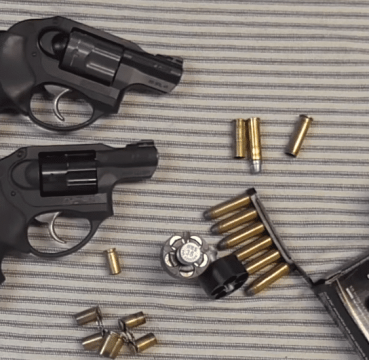




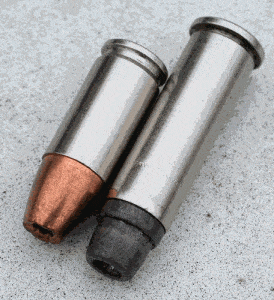 38 special vs 9mm Ballistics
38 special vs 9mm Ballistics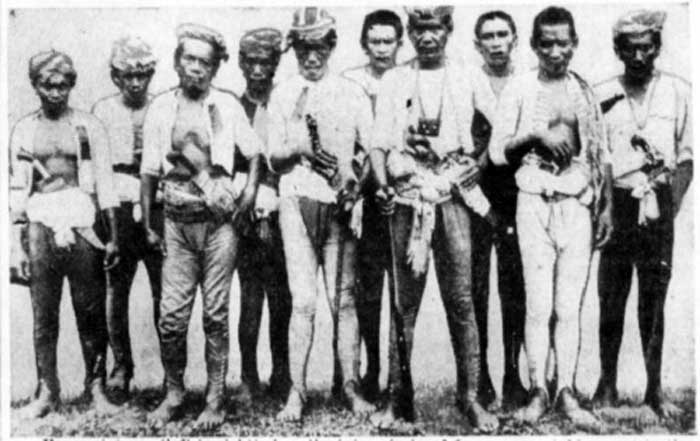
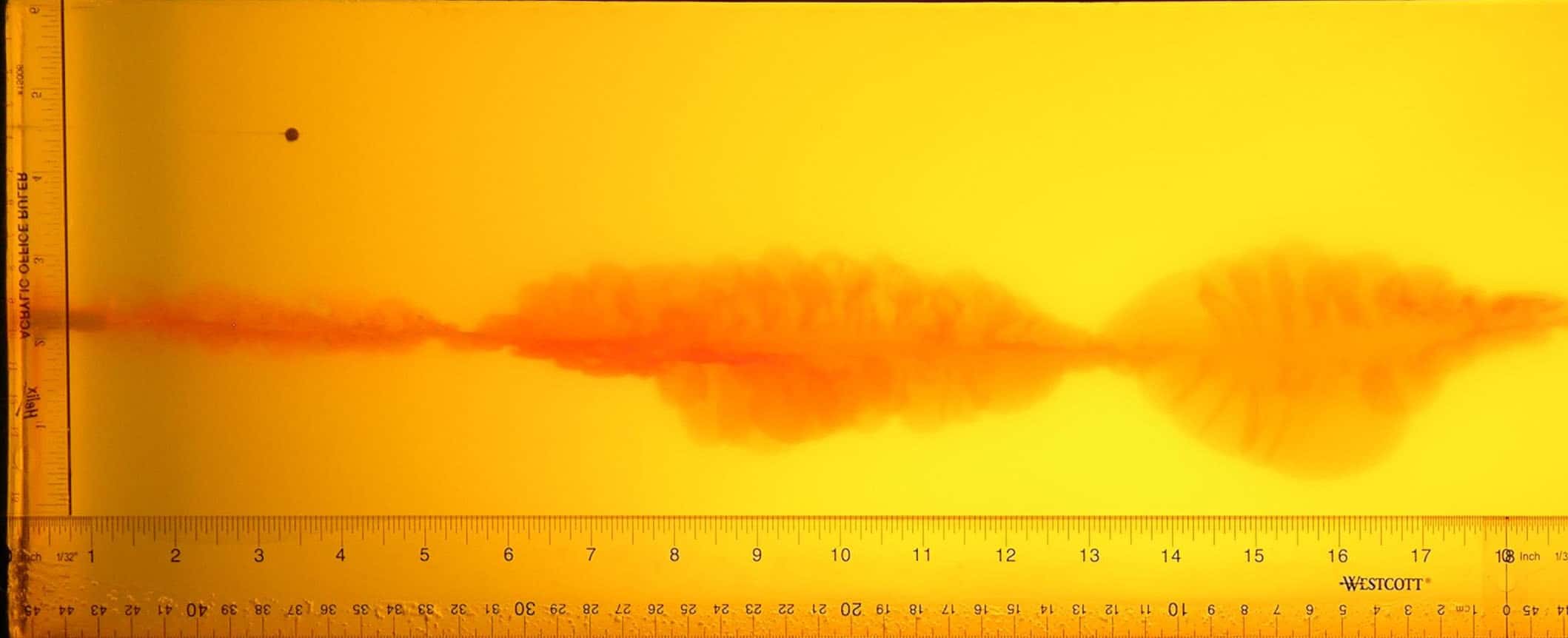
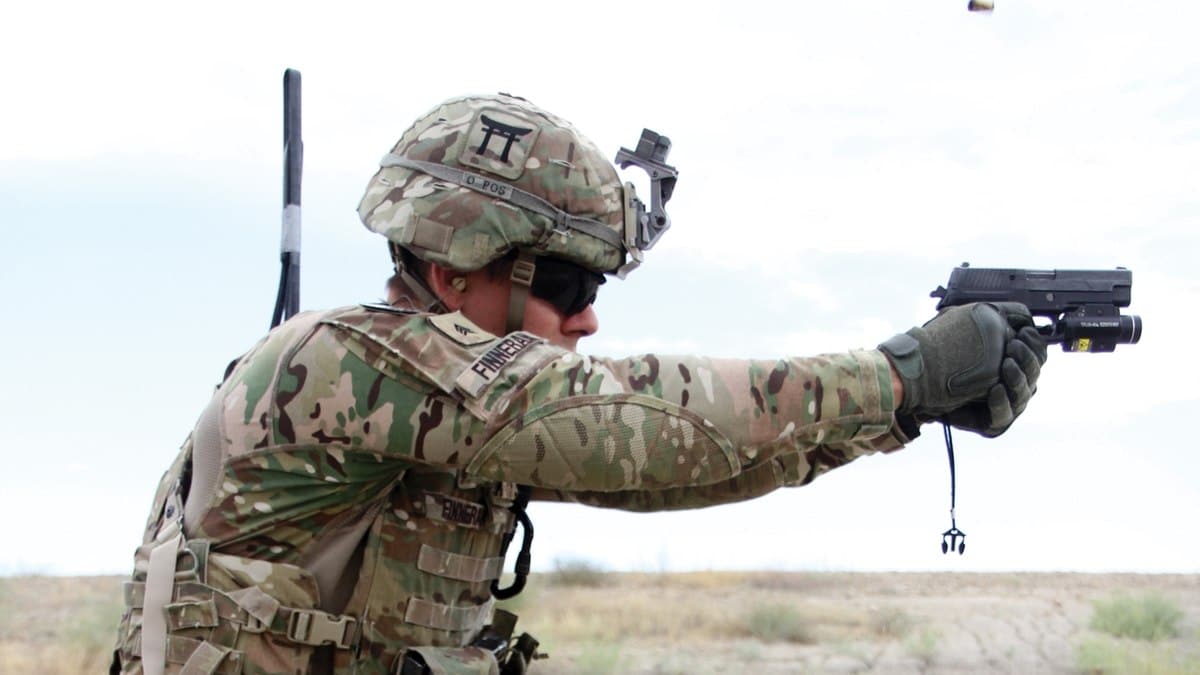
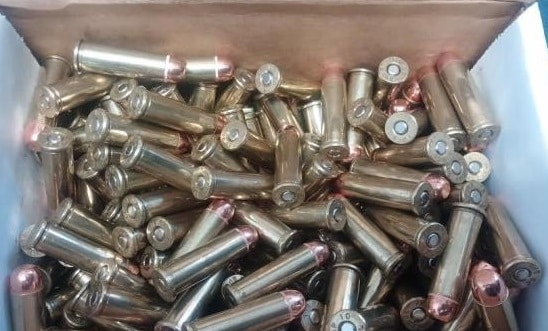

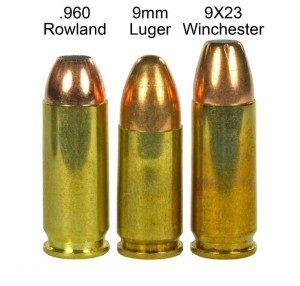
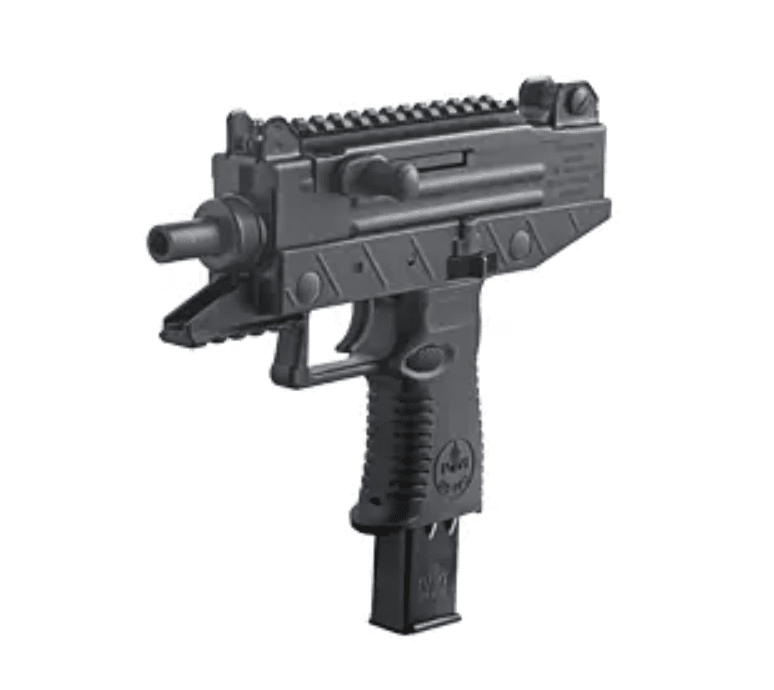
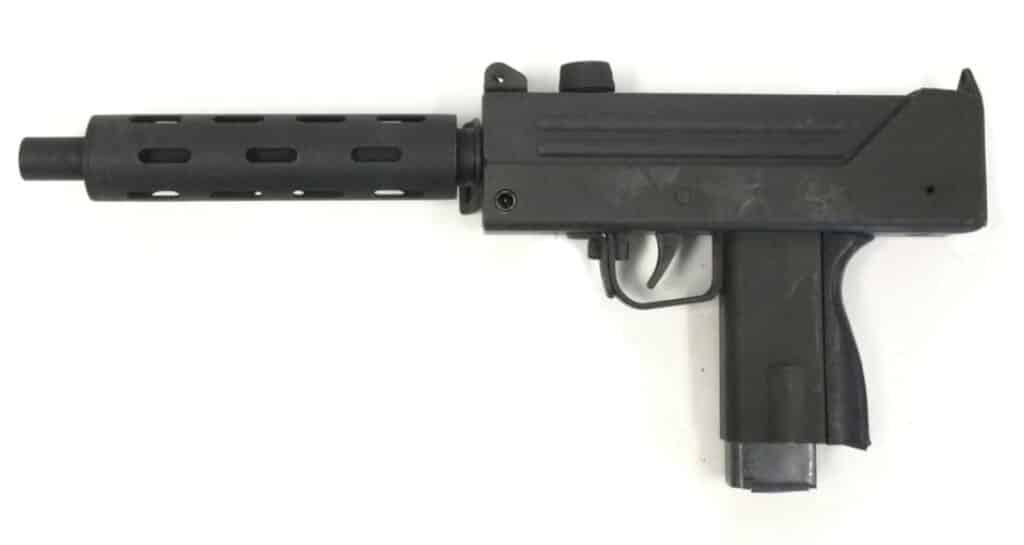
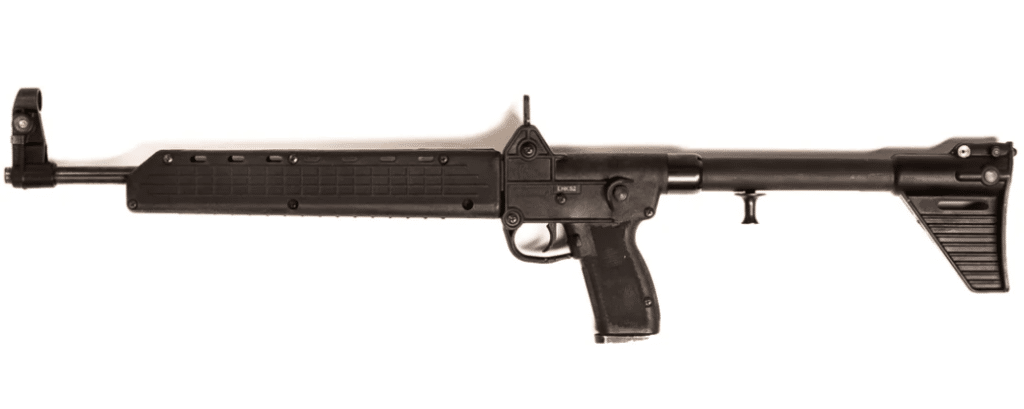
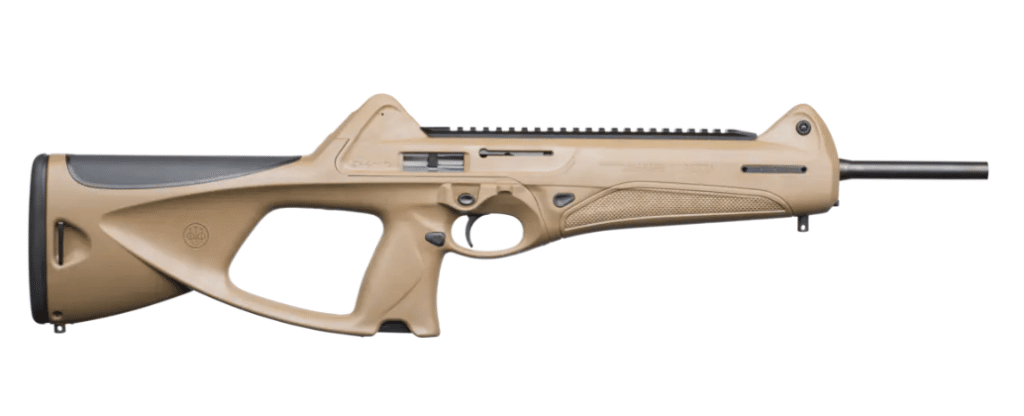

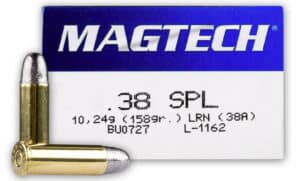
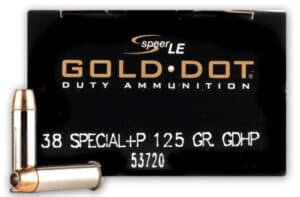
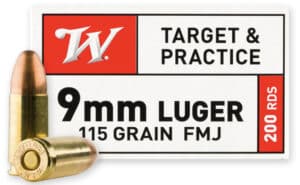
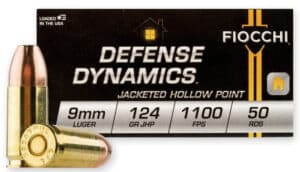









15 Responses
I own several S&W .38 revolvers and have shot them for 50 years. I also own a Glock 9mm, and just bought a Taurus 905, a 5 shot revolver in 9mm, mainly because of the availability of ammo and the low cost. I like to shoot often, and have had to gravitate to reloading for the .38. Based on my long association with firearms, I feel the 9 and 38 will both do the job of close quarter self defense. The wadcutter bullet in .38 has a sharp cutting edge that will punch clean round holes in an attacker. Since most defensive firearm incidents involve only 2-3 shots, I think the revolver is more than adequate, and much better for those new to firearms or those who cannot or haven’t the time, money, opportunity, or interest in shooting alot. A weak grip on an semi-auto will result in a jam. It takes a fair amount of practice to get this worked out. Other than that, a modern 9mm such as the Hellcat is an excellent choice for self defense.
As you stand the 38 special cartridge next to the 9 mm, it appears larger and like there must be more powder behind the bullet. If both are using the same smokeless powder, why isn’t the 38 special more powerful?
The Henry Lever action repeating rifle chambered in 357 Mag also fires the 38 Special. I also own the S&W 686+P and simply put, I would not trade it for any other hand gun. 357 mag and 7 rounds.
Andrew,
Thanks for commenting. Versatility as I framed it in this article doesn’t just pertain to bullet and load types. Even the 9mm has several different loads and bullet types available to it, whether you’re looking to buy factory ammo or load your own. It also pertains to shooting platforms available to each particular caliber.
Indeed, if there is one good reason why the 9mm is being used by many different countries’ military and law enforcement agencies, it’s because of its versatility. I recommend you read the article again (more carefully the second time) just in case you missed my point. Thanks again.
-Mike
Lol , how can you say 9mm is more versatile then a 38 special? Did you even do any research before you wrote this article. Hands down 38 special is the more versatile cartridge. Different power ranges ,bullet weights ,and bullet shapes (thanks to being in a revolver).
I own and shoot several 9mm pistols and a few S&W revolvers in various sizes. I agree with this article and the follow up Q&A. Firepower definitely favors the semi-auto in 9mm, but I still like a high quality revolver as well. Thankfully we can own both. Great article.
Thanks, Wayne. Much appreciated.
Karl,
As far as quality/workmanship you can’t go wrong with either being they’re both S&W Performance Center models. However if you’re looking to buy a revolver you’d be missing out on a lot of things if you bought the one chambered in 9mm. Go for the Model 19 chambered for .357 mag/.38 Special +P, you won’t regret it.
Unless you have a really good reason to want to shoot 9mm in a revolver, I’d recommend a good semi-auto because that’s the platform the cartridge was built around (more capacity, faster reloads). Revolvers by comparison usually only have room for 6 rounds.
Chris wrote this article, you might want to check it out:
https://gunnewsdaily.com/9mm-vs-40-sw/
Regards,
Mike
Mike..I’m a 63 year old novice to handguns, but I wanted to get a gun for home protection & self defense…and I want a S & W revolver. Which of these two would you recommend:
Performance Center Model 19 Carry Comp (357/.38 Special +P)…or the
Performance Center Model 986 (9mm w moon clips)? And btw, thanks for the article above.
Let me look into that, but in the meantime here is an article you might like that features the S&W 686 – FIRE!: 5 MOST DANGEROUS REVOLVERS ON PLANET EARTH
I do not see how ANYONE could find bias in this fine article! Great job!
Wayne
Disappointed at the characterization of the Moro Juramentados. They were fighting to defend their country against a foreign aggressor nation. U.S. were the bad guys in that one.
outstanding comparison… very detailed for the novice consumer
Thanks, Mike. Glad you liked it. -Mike